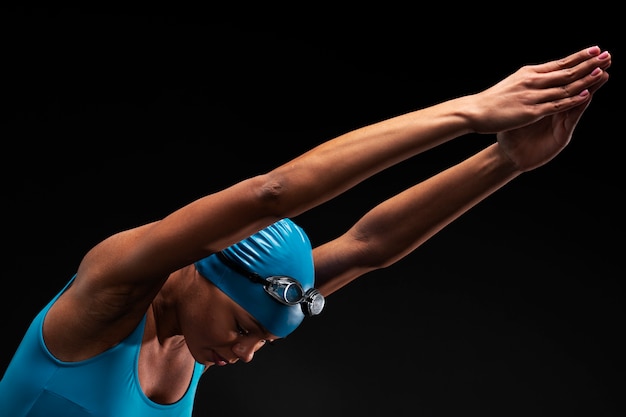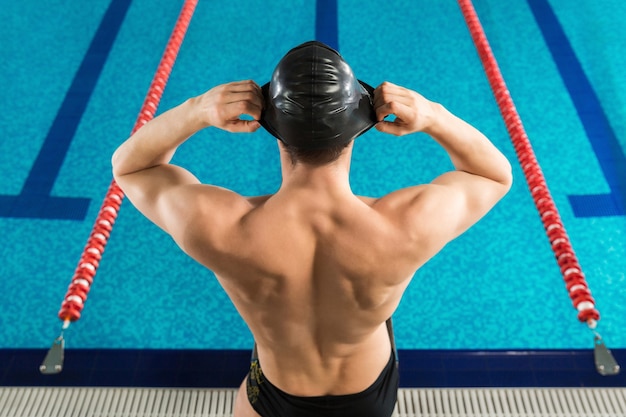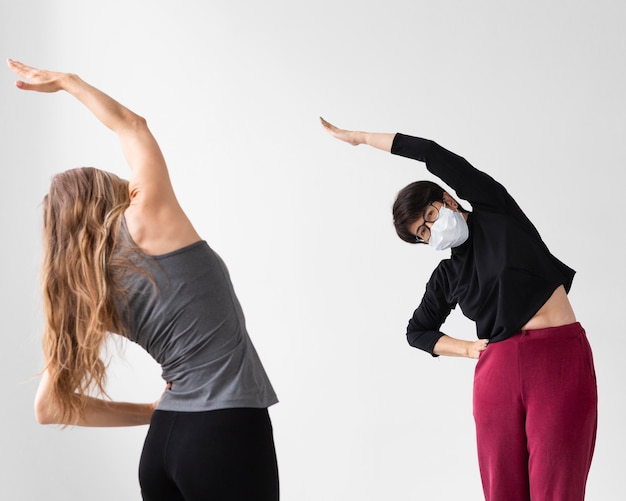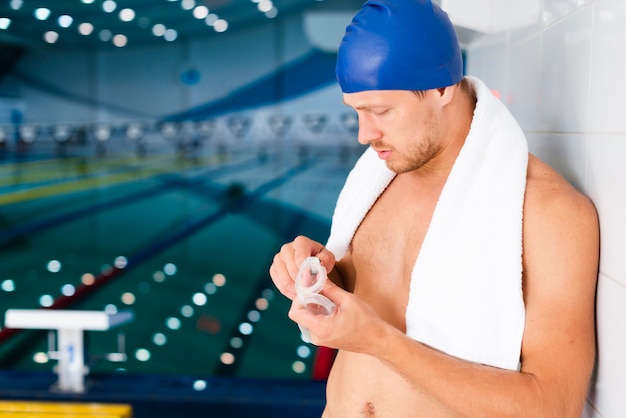Swimming is a full-body sport that demands flexibility, power, and efficient movement. While many swimmers focus on technique and endurance, one of the most overlooked yet powerful tools for performance enhancement is dynamic stretching. Done right and consistently, dynamic stretching can boost your range of motion, reduce injury risk, and improve stroke efficiency—all within just 30 minutes a day.
In this guide, you’ll learn how to start a dynamic stretching routine tailored for swimmers, stay consistent, and track measurable improvements week after week.
Unlike static stretching (holding a stretch), dynamic stretching involves controlled, movement-based exercises that prepare your muscles and joints for activity. For swimmers, this means warming up the shoulders, hips, spine, and core—key areas involved in every stroke.
Research shows that dynamic stretching increases blood flow, enhances neuromuscular activation, and improves joint mobility—critical for explosive starts, turns, and sustained stroke mechanics. It’s best performed before swimming, as part of your warm-up routine.

This routine is designed to be efficient, effective, and easy to follow—perfect for early morning practices or post-work sessions. Perform each exercise for 30–60 seconds, completing 1–2 rounds depending on time.
Stand with feet shoulder-width apart. Extend arms out to the sides and make small forward circles, gradually increasing the diameter. After 30 seconds, reverse direction. This warms up the rotator cuff and improves shoulder mobility—essential for freestyle and butterfly.
Hold onto a wall or fence for balance. Swing one leg forward and backward in a controlled motion (30 seconds per leg). Then switch to side-to-side swings across the body. This activates the hip flexors, hamstrings, and glutes—key for powerful kicks and streamline position.
Stand with feet wide and arms extended to the sides. Rotate your torso from side to side, letting your arms swing naturally. This improves spinal rotation, which enhances body roll in freestyle and backstroke.
Step forward into a lunge and, as you lower, twist your torso toward the front leg. Alternate legs as you move forward. This combines hip flexor stretching, core activation, and thoracic mobility—ideal for overall stroke coordination.
Perform 30 seconds of high knees followed by 30 seconds of butt kicks. These elevate heart rate, activate quads and hamstrings, and mimic the kick rhythm used in swimming.
Stand with your back against a wall, arms in a 'goalpost' position (elbows bent 90 degrees). Slowly slide arms up and down the wall while keeping contact with elbows and wrists. This strengthens scapular control, reducing shoulder injury risk.
On all fours, alternate between arching your back (cat) and dipping your belly (cow) in a flowing motion. This increases spinal flexibility and warms up the core—critical for maintaining body position in water.

Consistency is key. To make dynamic stretching a habit:
Tracking progress keeps you motivated. Each week, assess:
Use a journal or spreadsheet to log observations. Small improvements compound over time.
Dynamic stretching isn’t just a warm-up—it’s a performance enhancer. By investing just 30 minutes a day, swimmers can unlock greater flexibility, power, and stroke efficiency. Start today, stay consistent, and watch your results evolve—week by week.

Fitness

Fitness

Fitness

Fitness

Fitness

Fitness

Fitness

Fitness

Fitness

Fitness

Fitness

Fitness

Health

Fitness

Health

Health